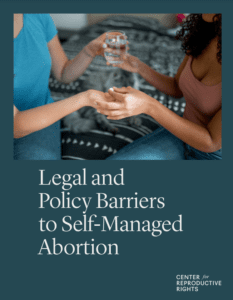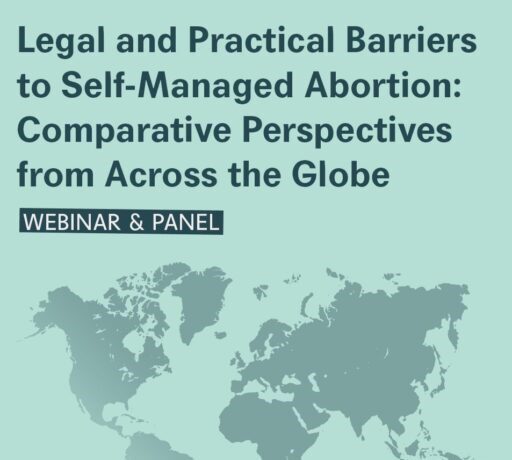Legal and Policy Barriers to Self-Managed Abortion (Report)
We envision a world where individuals seeking abortion care can exercise full reproductive autonomy without any impediments or gatekeepers. This includes the ability of individuals to have self-managed abortions, which are those performed through self-care interventions or without clinical supervision, particularly early in pregnancy through medication abortion. Self-managed abortion is grounded in an array of human rights, including the rights to health, equality and non-discrimination, information, privacy, and to benefit from scientific progress.
This mapping aims to better understand the global legal landscape on self-managed abortion, with a focus on medication abortion1 as the safest form of self-managed abortion. The World Health Organization (WHO) recommends that individuals have the option to self-manage abortion using medication abortion at least during their first 12 weeks of pregnancy. The WHO recognizes that individuals can safely and effectively self-assess their eligibility for abortion and self-administer abortion medication, demonstrating that self-managed abortion is a critical tool for enabling individuals to safely exercise reproductive freedom.
Yet, as this mapping shows, even in countries with liberal abortion laws, guaranteeing access to medication abortion and enabling individuals to self-manage abortion care requires a reconceptualization of legal and policy frameworks on abortion.


